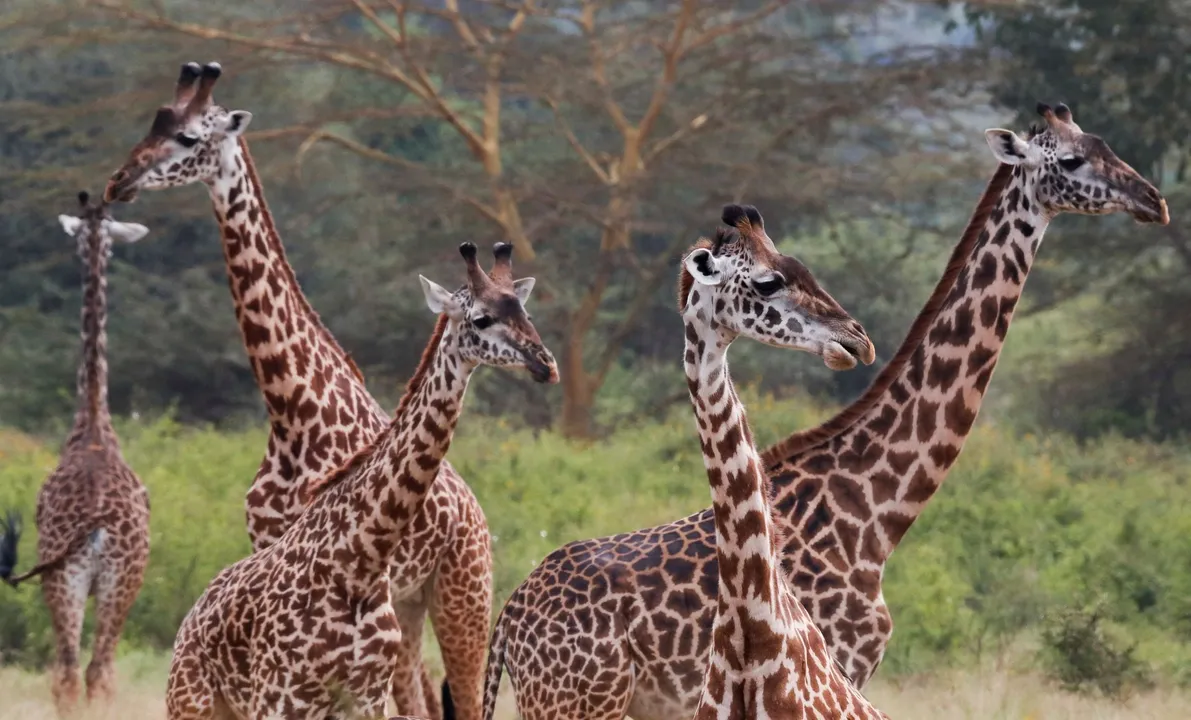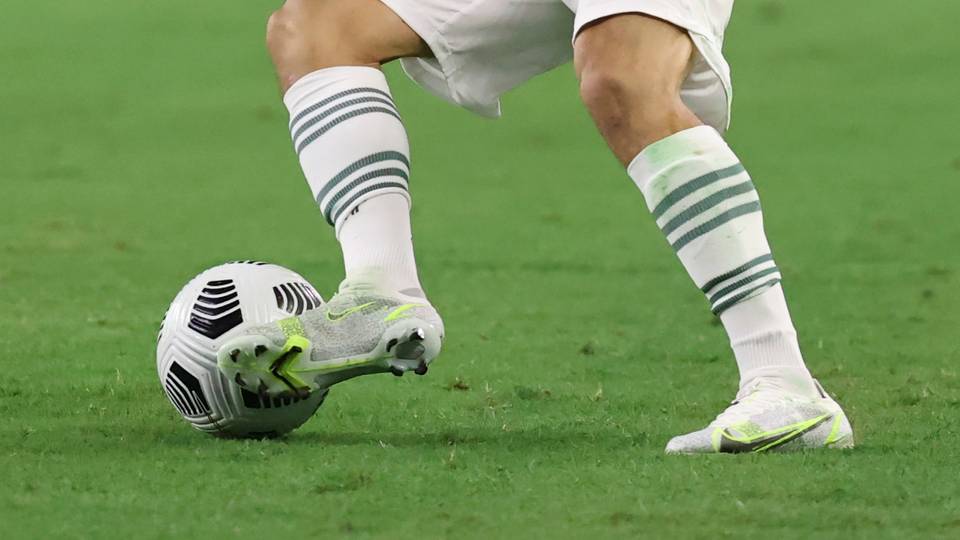Sport
Dollar
0,0000
%Euro
0,0000
%Gram Gold
0,0000
%Quarter Gold
0,0000
%Silver
0,0000
%New genetic studies have prompted the IUCN to reclassify Africa’s giraffes into four distinct species: Northern, Reticulated, Masai, and Southern giraffes.
Giraffes are a majestic sight in Africa with their long necks and distinctive spots. Now it turns out there are four different giraffe species on the continent, according to a new scientific analysis released on Thursday.
Until recently, researchers regarded all giraffes across Africa as belonging to a single species. However, new data and genetic studies have led a task force of the International Union for Conservation of Nature (IUCN) to reclassify the tallest mammal on land into four groups: Northern, Reticulated, Masai and Southern giraffes.
Key studies have emerged in the past decade highlighting significant differences between the four species, explained the IUCN’s Michael Brown, a researcher in Windhoek, Namibia, who led the assessment.
Naming different giraffes matters because “each species has different population sizes, threats and conservation needs,” he said. “When you lump giraffes all together, it muddies the narrative.”
Northern giraffes – whose range includes parts of the Democratic Republic of Congo, South Sudan and the Central African Republic – are under severe pressure from poaching and political instability. Masai giraffes in Kenya and Tanzania face pressure from habitat loss, as open savannas are converted to cattle pastures and fields.
Considering four giraffe species “is absolutely the right decision, and it’s long overdue,” said Stuart Pimm, a Duke University ecologist who wasn’t involved in the analysis.
While early research focused mainly on giraffes’ spot patterns, the updated classification draws on modern techniques, including detailed genetic datas and anatomical studies that revealed notable differences, such as variations in skull shape.

Comments
No comments Yet




















Comment